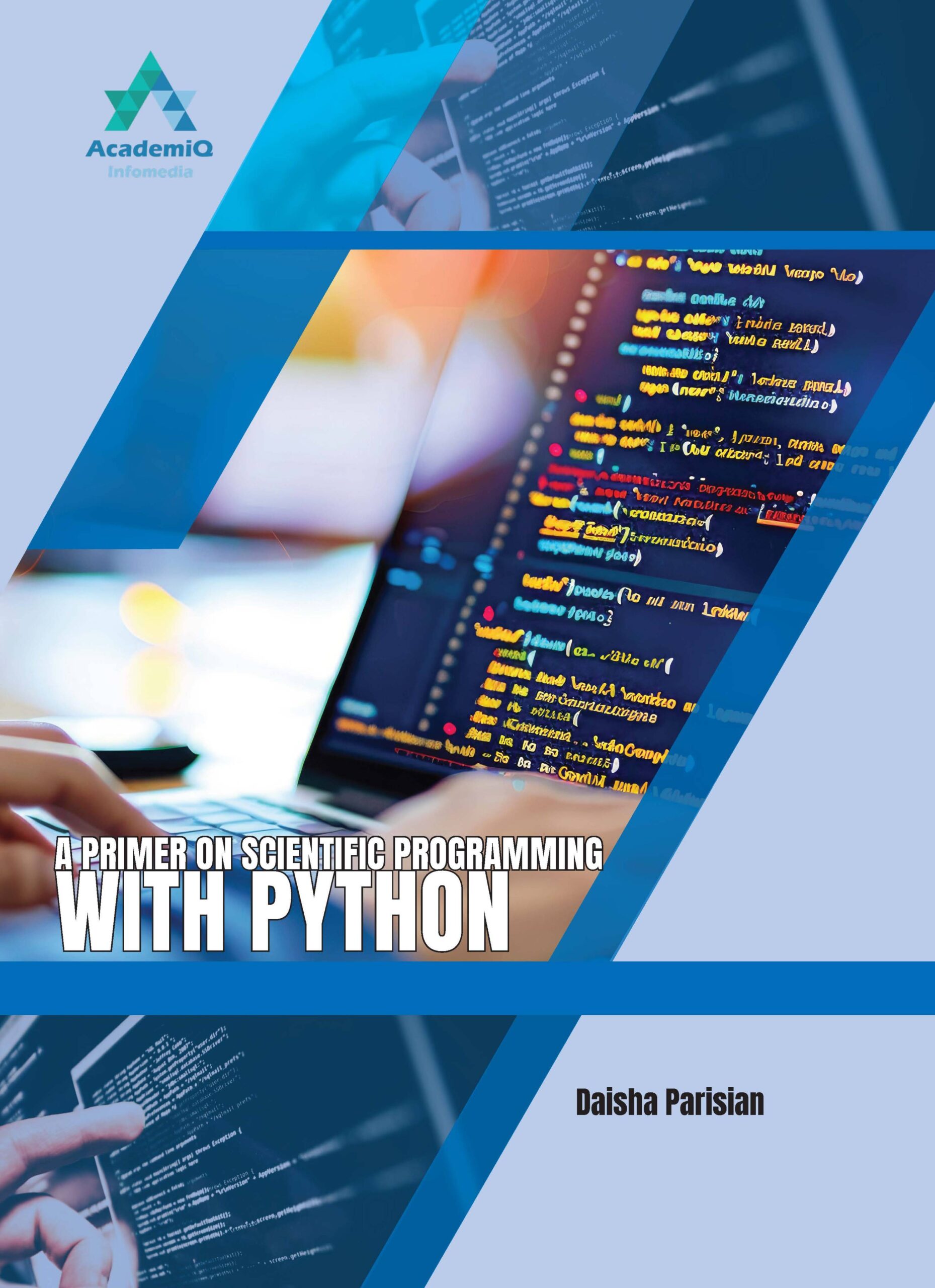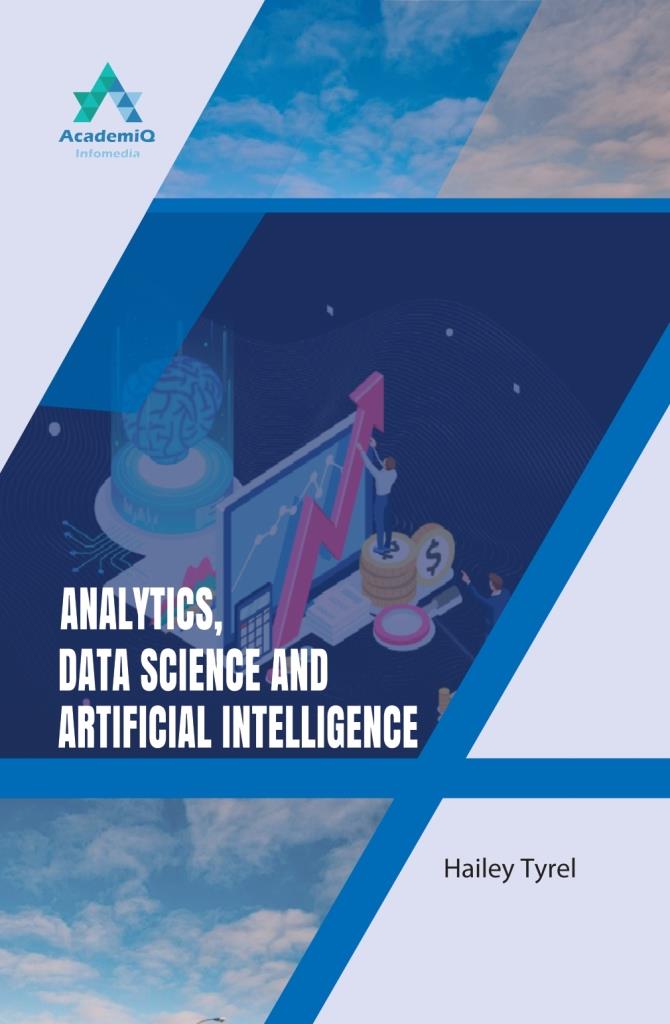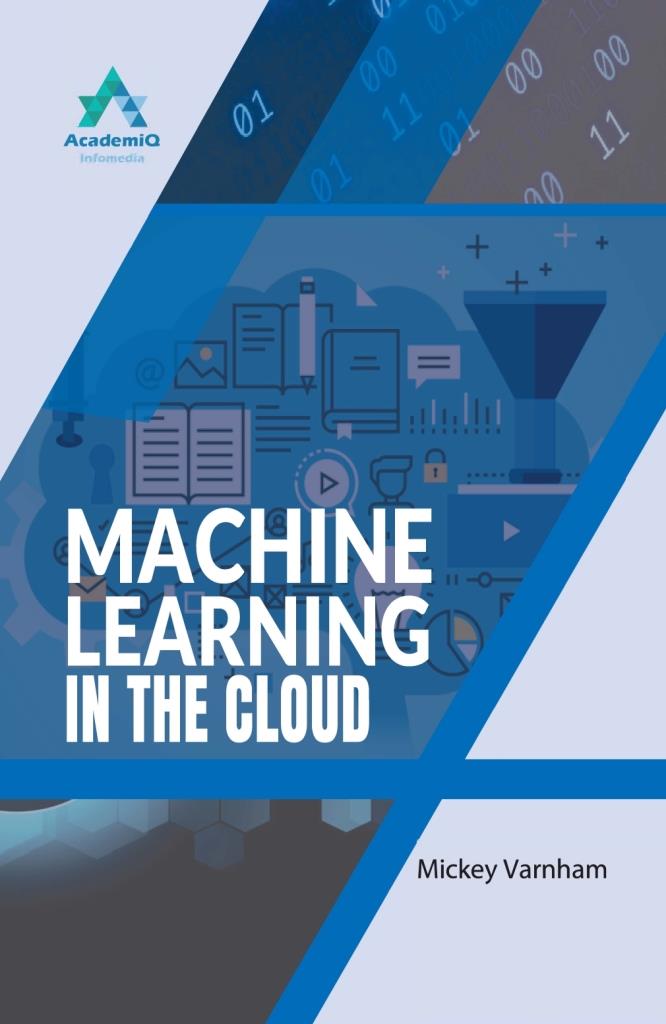This book is intended to define four types of metaverses and explain the potential and limitations of their pedagogical applications. The Metaverse Roadmap classifies metaverse into several applications: Augmented Reality, Anatomy, Methodologies, and Virtual Reality. An example of augmented reality in medical education is the augmented reality T-shirt, which allows students to look inside the human body as an anatomy laboratory. In addition, a research team at Seoul Hospital has developed a spinal surgery platform that applies augmented reality technology. Finally, the potential of the metaverse as a new educational environment is suggested as follows—space for new social communication.
A higher level of freedom to create and share. Virtualization provides a new experience and a high level of immersiveness. Some of its limitations can be weak social connections and possible invasion of privacy. Consignment of various crimes due to the anonymity of virtual space and metaverse. A real-world mismatch of students whose identities have not been established. The metaverse is projected to transform our daily lives and economies beyond the realm of games and entertainment. The metaverse has endless possibilities as a new social communication space. The following future tasks are suggested for the educational use of the metaverse. First, teachers need to carefully analyze how students understand the metaverse. Second, teachers need to design classes for students to solve problems and collaborate creatively to complete projects. Third, we need to develop an educational metaverse platform that prevents the misuse of student data.
Table of Contents
Only logged in customers who have purchased this product may leave a review.








Reviews
There are no reviews yet.